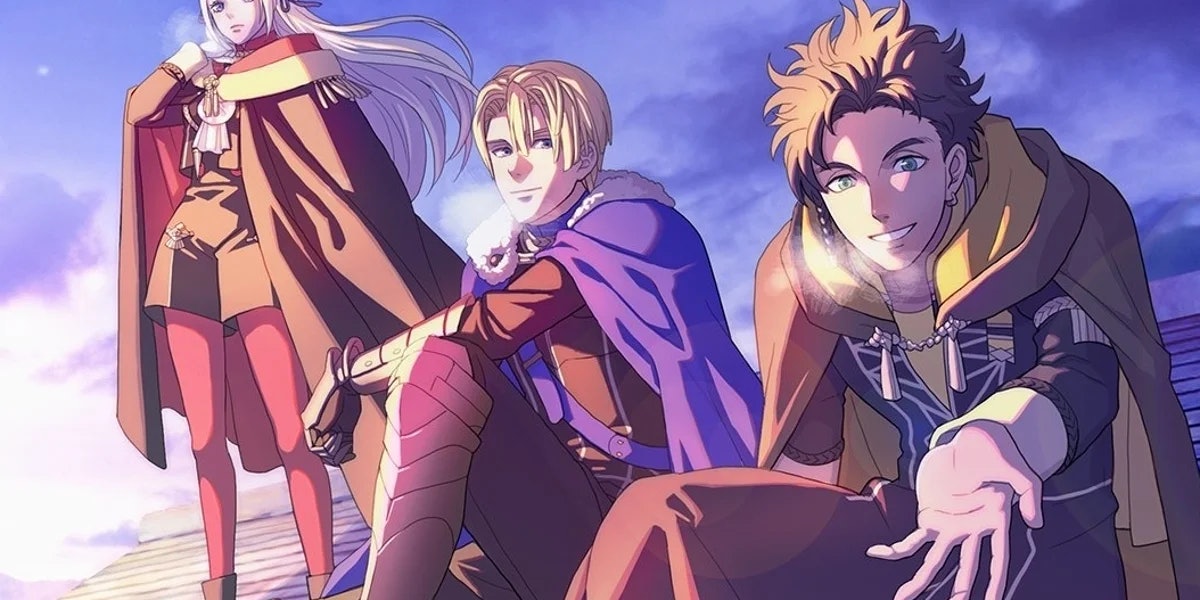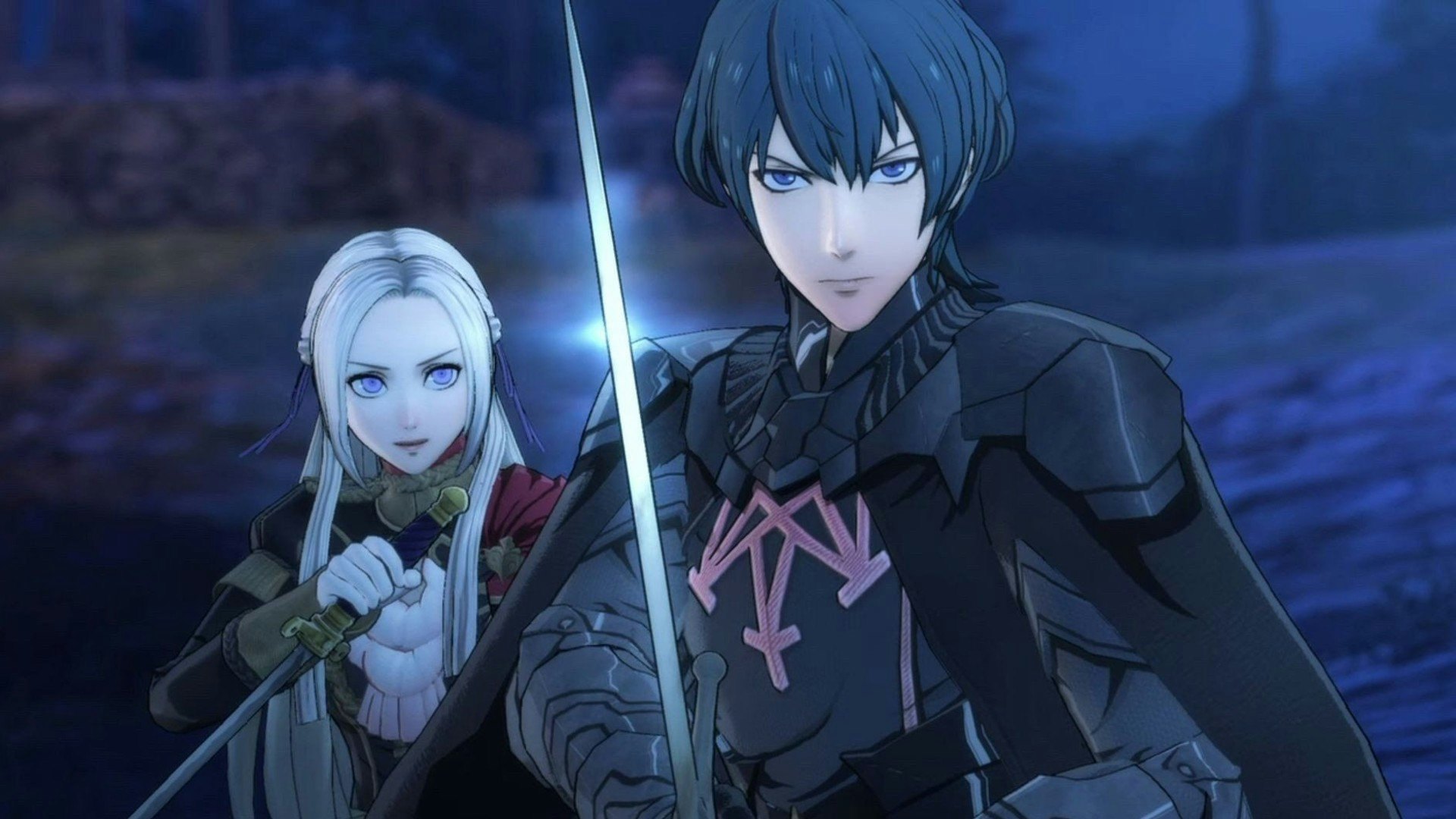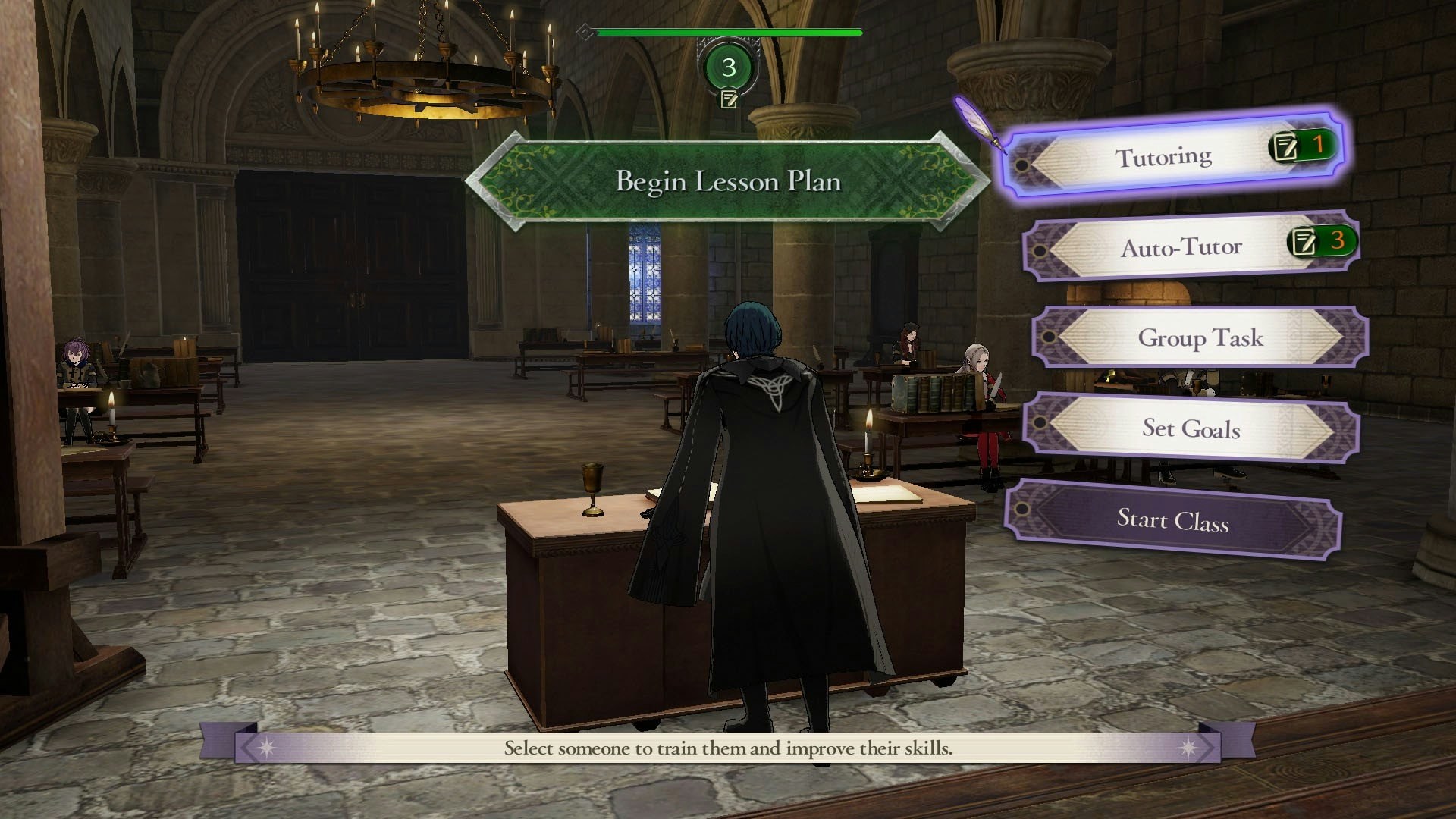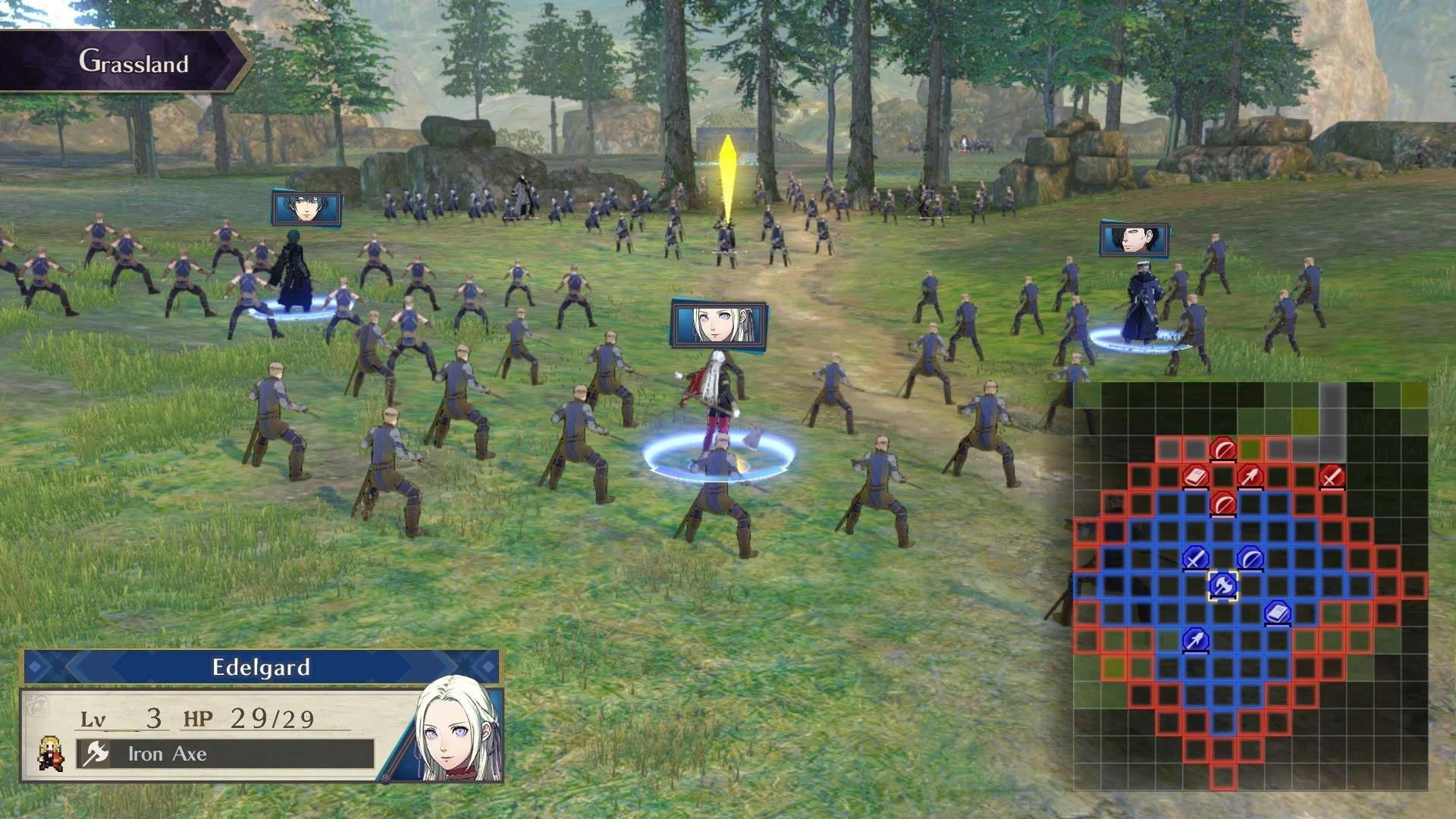
Over the past decade, Fire Emblem has transformed from a niche strategy series most people hadn’t heard of, to one of Nintendo’s most prolific and important franchises. One of the biggest reasons for that is Fire Emblem: Three Houses, a visionary game that hit astounding runaway success on Nintendo Switch. Three Houses completely redefined the franchise as we know it, and provided one of the most engrossing strategy experiences that’s ever been made. It’s simply one of the best games Nintendo has produced in the last decade and one of the most important.
What’s most impressive about Three Houses is its sheer sense of ambition. This is a game that hones the tried-and-true Fire Emblem formula while drawing inspiration from a wealth of other games, like Persona. The key, though, is that it doesn’t just take inspiration, but manages to put its own unique spin on Persona’s key elements, like time management and romance. Somehow, Three Houses manages to be a classic Fire Emblem tale about state affairs and continent-spanning conflicts, while simultaneously tackling a quirky school life story. Its two disparate halves work in concert to fuse into something incredible.

Three Houses takes place on the continent of Fodlan, which is largely split into three major countries, the Holy Kingdom of Faerghus, the Adrestian Empire, and the Leicester Alliance. You play as Byleth, the child of a legendary mercenary known as the Blade Breaker. After a run-in with bandits, Byleth and Jareth are offered faculty positions at the prestigious Officer’s Academy of Garreg Mach Monastery. There, you’ll teach and guide the most talented young minds from all three of Fodlan’s countries, but the twist is you’ll need to pick which one.
The first major choice of Three Houses aligns you with a specific group of students, the hard and militaristic Black Eagles, the noble and righteous Blue Lions, or the pragmatic ragtag group of Golden Deer. This initial choice is vitally important to the story of Three Houses, not only putting you on a specific story route but also coloring the flavor of your narrative in general. It’s a fascinating choice with far-reaching consequences, and it sets up an expectation that choice is going to matter in this game.
The Three Houses gameplay and story is essentially split into two halves. For one part, you’ll wander around the grounds of Garrag Mach, build bonds with other characters, instruct students in class to raise stats, and spend free time on a variety of activities. Sometimes you’ll wander and find lost items that you can return to their owners. It’s very similar to the social simulation elements of the Persona games, with a calendar system that has you playing through days and weeks leading up to the next mission.

When that mission day hits you’ll take on a strategic Fire Emblem battle, choosing the units to take into battle and commanding them to victory. Even in that regard, though, Three Houses innovates on the Fire Emblem formula. Each unit can now equip a battalion of soldiers that enhances their stats and opens up unique new Gambit abilities you can use during battle, such as spreading damaging fire on tiles or absorbing HP from enemies. And when you combine gambits with different weapon and class options, you have a veritable cornucopia of strategic options to choose from.
The real brilliance of Three Houses is how the two gameplay halves work in concert, supporting each other across dozens of hours. The social simulation elements let you prep and fine-tune your army, while also giving you a deeper understanding of the world of Fodlan, its political machinations, and the people that inhabit it. The characters of Three Houses are a particular highlight, with each one having a distinct personality and quirks, from the cranky but sweets-loving Lysithea to the hopelessly vain and self-absorbed Sylvain.
You quickly build emotional attachments to your students, which makes it especially harrowing taking them into battle, where there’s a chance they can fall and be lost forever (if you’re playing on that difficulty level). Combat feeds back into the social elements by letting you bond alongside characters in battle, gain experience to unlock new classes, and rewards that can be used in other ways. Three Houses rewards every single action the player takes, further making it feel like every action you take matters, whether that’s crucial story decisions or simply who you take a meal with.

All of this is masterfully played up for the mid-game twist, where you skip ahead five years to find the continent locked in a massive conflict, and the students from all three houses pitted against each other. It’s a soul-crushing story development that has you facing down students you used to break bread with, cutting them down in battle alongside the house you chose to align with. Suddenly those dozens of hours you spent bonding with character hits home hard, and the effort you put into building your characters becomes all the more important.
Three Houses is simply a masterful success on every level; its riveting story is filled with player choice and twists, its tactical gameplay allows for a breadth of customization and strategy, and the characters are delightfully bizarre and quirky. Its tale of conflict, religion, and regional affairs is a sweeping epic that remains practically unrivaled on the Nintendo Switch and is undoubtedly the high point in the long-running franchise.







